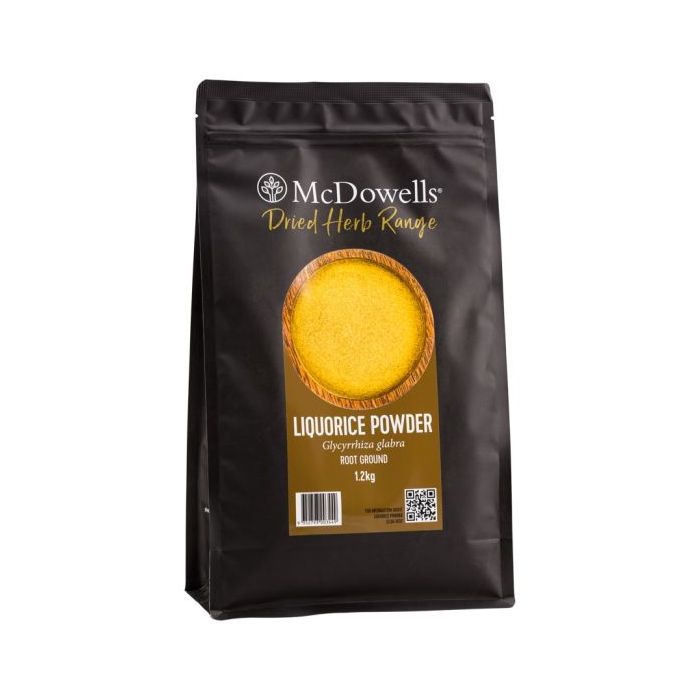Botanical name: Glycyrrhiza glabra
Since at least 500 BC, liquorice has been used medicinally. Liquorice root is used in an astounding 5,000 Chinese herbal formulae to "harmonise" and sweeten drinks with competing plants. Originating in southwest Asia and southeast Europe One of the most often utilised herbs in modern times is liquorice root.
The root stimulates the synthesis of hormones like hydrocortisone because it contains glycyrrhizin, which is 50 times sweeter than sucrose. This clarifies why it has an anti-inflammatory effect and why it activates the adrenal cortex. The root is a strong expectorant and can aid in the healing of stomach ulcers.
Liquorice is used to treat respiratory ailments such as coughing, bronchitis, and chest colds because of its capacity to reduce inflammation of the mucous membranes, break up phlegm, and alleviate coughing. Liquorice has antiviral, antibacterial, and antifungal properties. It has also been used to treat conditions like cirrhosis and hepatitis and has demonstrated the capacity to enhance liver function. Alcohol has a mild laxative effect.
More Information
| Volume | 1.2kg |
|---|---|
| How is it taken? | multiple |
| What's in it? | Glycyrrhiza glabra Root Ground |
| Packaging Length (cm) | 20 |


Login and Registration Form